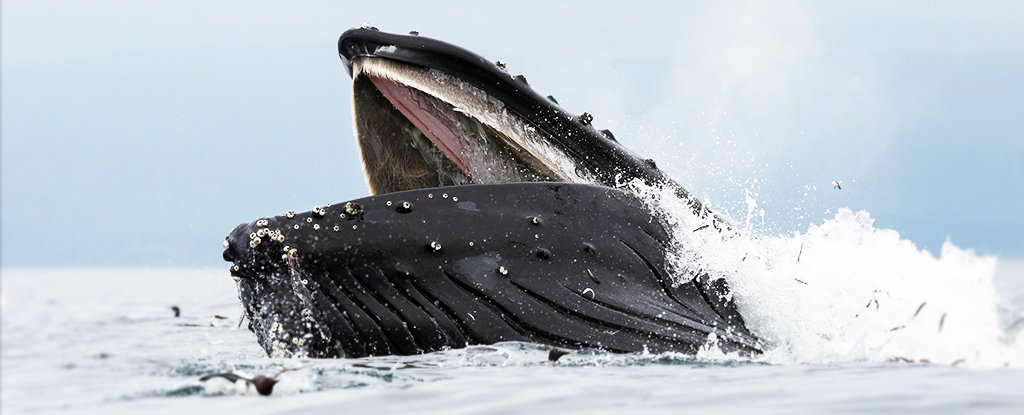The large size variation among different cetacean species such as dolphins, whales, and porpoises is mainly driven by specific gene regions, as discovered by scientists from Brazil’s University of Campinas Institute of Biology (IB-UNICAMP). For instance, blue whales can grow up to 30 meters long while bottlenose dolphins typically don’t exceed 3.5 meters. This study not only explains the significant size differences but also has the potential to advance cancer treatments. The researchers focused on the DNA sequence preceding the gene’s protein-coding part, known as the promoter region. They specifically looked at a gene called NCAPG and found interesting relationships among cetaceans. The regulatory sequence identified may have a role in controlling cell proliferation in animals adapted for massive growth.
Cetaceans are divided into two main groups: Mysticeti, which includes baleen whales like humpbacks, and Odontoceti, which encompasses whales with teeth such as sperm whales and dolphins. Despite this distinct evolutionary classification, the whole group of aquatic mammals could be further divided based on their size. According to Felipe Silva, the first author of the study and a geneticist at IB-UNICAMP, there is a division in the promoter region of the NCAPG gene based on the size of the cetaceans, namely giants and non-giants. Previous research by the same group indicated that the NCAPG gene seems to be favored by evolution in giant cetaceans. The new findings suggest that this gene plays a crucial role in causing cetaceans to grow to enormous sizes.
The activity of genes is largely dependent on the promoter region, acting as a regulator of gene expression. Silva and his team found that the size-controlling proteins were more active in giant cetaceans. On the contrary, cetaceans with lengths less than 10 meters showed these same genes acting as inhibitors, limiting production of those proteins and thereby affecting the animal’s size. This study brings new evidence that giant size has a genomic basis, according to geneticist Mariana Nery from IB-UNICAMP.
Indeed, despite the expectation of tumors in animals with a large number of cells, giant cetaceans surprisingly display a low incidence of cancer. The researchers then analyzed the regulatory regions of four genes that had their protein-coding sequences studied. This is significant as non-coding sequences, which include regulatory elements like promoters and enhancers, play a role in coordinating the timing and location of gene expression. The team speculated that these regulatory regions could not only have an effect on the size of cetaceans but also influence their ability to suppress cancer.
The study, published in BMC Ecology and Evolution, indicates that understanding how these genes suppress tumors in giant cetaceans could potentially help develop future cancer treatments through manipulation of specific genome regions.














